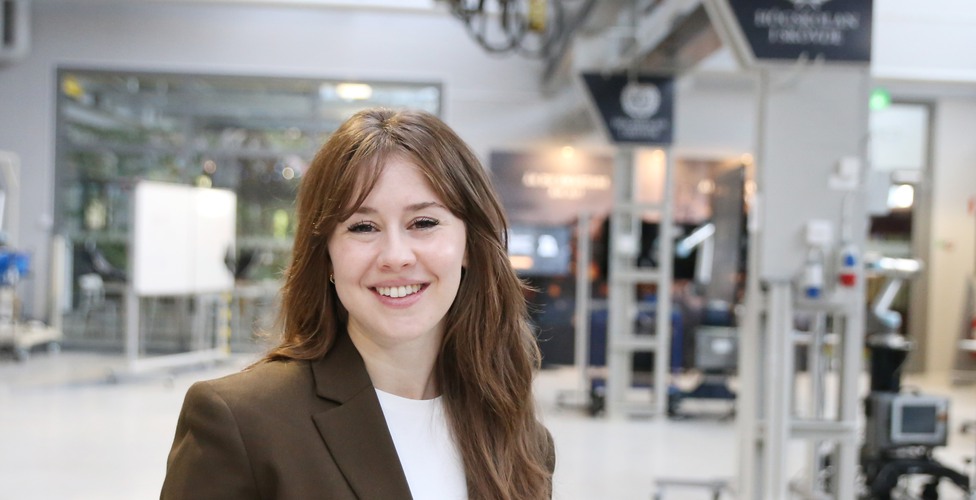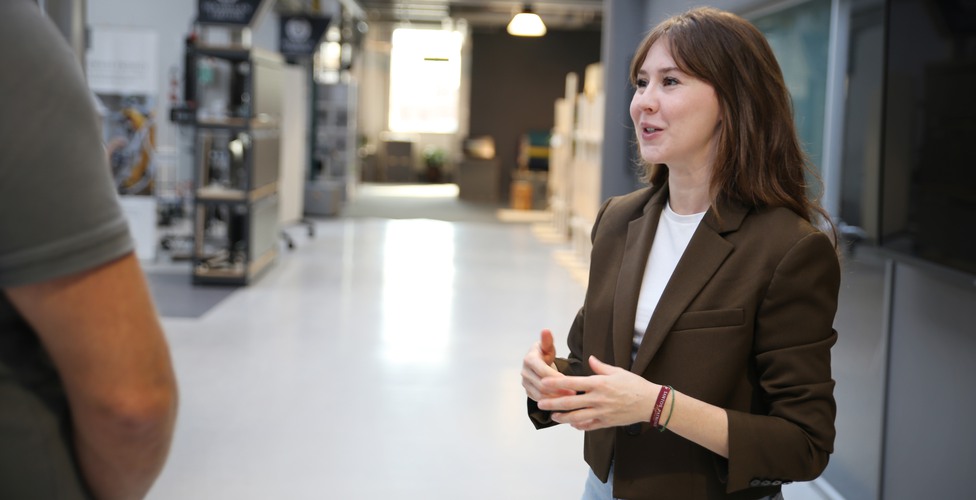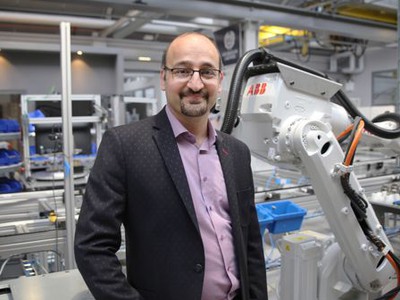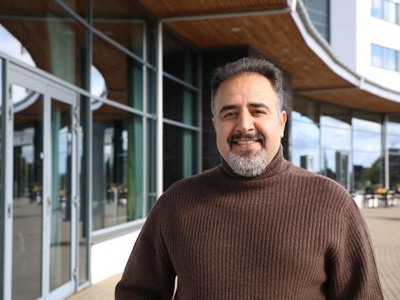They sit, stretch and move, but not quite like us. New research is bringing digital humans closer to reality, and vehicles like cars and trucks closer to safety and comfort. Estela Pérez Luque at the University of Skövde presents new research on how to improve computer simulations that help engineers design safer and more comfortable vehicle interiors.

Estela Pérez Luque presents new research on how to improve computer simulations that help engineers design safer and more comfortable vehicle interiors.
"The digital humans of today’s simulations often move in stiff, unrealistic ways. My research focuses on developing these virtual humans to behave more like real people, capturing not only average postures and movements but also the natural differences between individuals," says Estela Pérez Luque.
Why Getting Digital Humans Right Matters
The development of digital humans is meant to stand in for us, but right now, they miss the mark. A tall driver and a short one adjust a seat in completely different ways, and today’s simulations cannot capture that. The result: costly prototypes, trial-and-error design and, sometimes, unsafe cars. Estela Pérez Luque’s research aims to close that gap.
"Right now, designers often have to tweak things by hand, based on gut feeling. That adds bias, and makes the results less trustworthy. I want to make digital tools accurate enough to replace more of these physical tests," says Estela Pérez Luque.
Bringing realism into vehicle design
Among the results of Estela’s PhD are new methods for setting up digital manikins in a standardised way, optimisation techniques that balance design, comfort, ergonomics and safety aspects for people of different body sizes, and improved models that better predict seated postures and reaching movements.
One of the biggest insights in Estela’s research came from studying human movement itself:
"I was surprised by how much variety there is in human movement, even for very simple tasks. If you ask ten people to reach for the same car control, they’ll all do it slightly differently: faster, slower, straighter, or with more curve. This showed me that instead of aiming for one ‘perfect’ prediction, we need models that can capture this diversity."

Estela Pérez Luque defends her doctoral thesis on 10 October at ASSAR Industrial Innovation Arena.
From cars to trains and planes
Looking ahead, Estela wants to test her methods further with designers in industry and expand the applications beyond cars and trucks.
"The next step is to refine and test these methods with industry, to see how much they improve real design workflows. Beyond cars, the methods could also be applied to other industries like airplanes, trains, or construction machines.”
Tech that fits people
At the heart of Estela’s work is a simple principle:
"For me, it’s always about the people. I want my research to actually make a difference, to help designers create technology that really considers and fits how we move, live, and interact. That means keeping human needs at the center, always."
Estela Pérez Luque will defend her doctoral thesis "Human Posture and Motion Prediction for Automotive Ergonomics Design - Enhancing Functionality and Accuracy in Digital Human Modelling Tools" on 10 October at ASSAR Industrial Innovation Arena.




